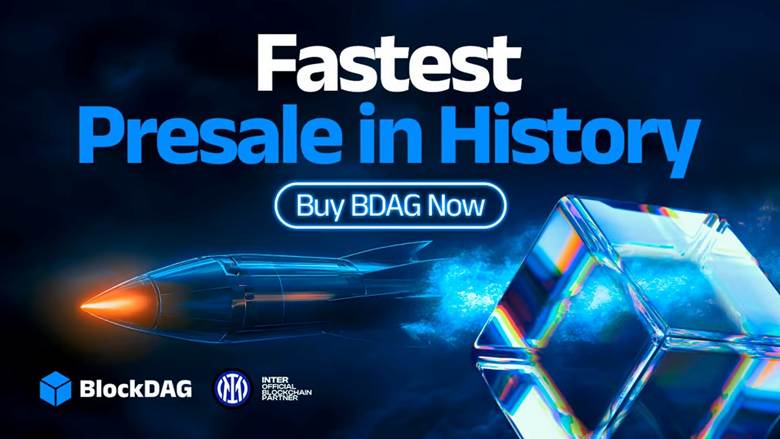ARTICLE AD
The majority of Bittensor (TAO) tokens have been staked to earn a passive income, thus bolstering a 106% spike in the past four weeks to trade around $493 on Wednesday.
The notable crypto cash rotation from Bitcoin (BTC) to the altcoin market has undeniably favored fresh and shiny coins with promising business models. Bittensor (TAO), an open-source protocol that aims to democratize blockchain-based machine learning programs, has been one of the biggest beneficiaries of the notable altcoin awakening. According to the latest crypto market data, TAO price has been on a rising trend since the bullish rebound in October last year.
Notably, TAO holders have seen their portfolios rise nearly 1,000 percent since October, and more gains are anticipated in the near term. Trading around $493 on Wednesday during the early London session, the mid-cap altcoin has been experiencing heightened speculation as it is in the price discovery phase.
Bittensor (TAO) on the Right Path of Mass Adoption
The notable rise of Bittensor (TAO) to a $3 billion valued network has not been from a strike of pure luck. According to the company’s official network explorer, there are nearly 70k active accounts that have staked about 5.2 million TAO tokens out of the 6.19 million in market circulation. Furthermore, the Bittensor AI project offers its users a chance to earn 15.97 percent in APR, with validators earning an extra 19.48 percent in APR.
Backed by the Opentensor Foundation, the Bittensor project aims to create a well-established market for the artificial intelligence (AI) industry by providing a trustless arena for consumers and producers to interact. As a result, the Bittensor project aims to give individual AI developers a chance to compete with large companies like OpenAI, with the TAO token at the heart of the ecosystem. In a recent thesis, Ethereum co-founder Vitalik Buterin highlighted the importance of crypto assets to the mainstream adoption of AI projects and vice versa.
“It is also worth noting that using crypto incentives to incentivize making better AI can be done without also going down the full rabbit hole of using cryptography to completely encrypt it: approaches like BitTensor fall into this category,” Buterin noted.
According to Opentensor Foundation co-founder and COO Ala Shaabana, AI developers will continue to compete to deliver the best quality models in a bid to earn more TAO tokens. By solving real-world problems with decentralized AI technology products, the Bittensor team is confident the TAO token will continue to get more adoption in the coming years. Moreover, the project’s incentive mechanism rewards dubbed the honestly selected weights ensure the system is resistant to 50 percent attacks.
“The result is a collectively run intelligence market that continually produces newly trained models and pays contributors who create information-theoretic value,” he added.

 1 year ago
90
1 year ago
90 

